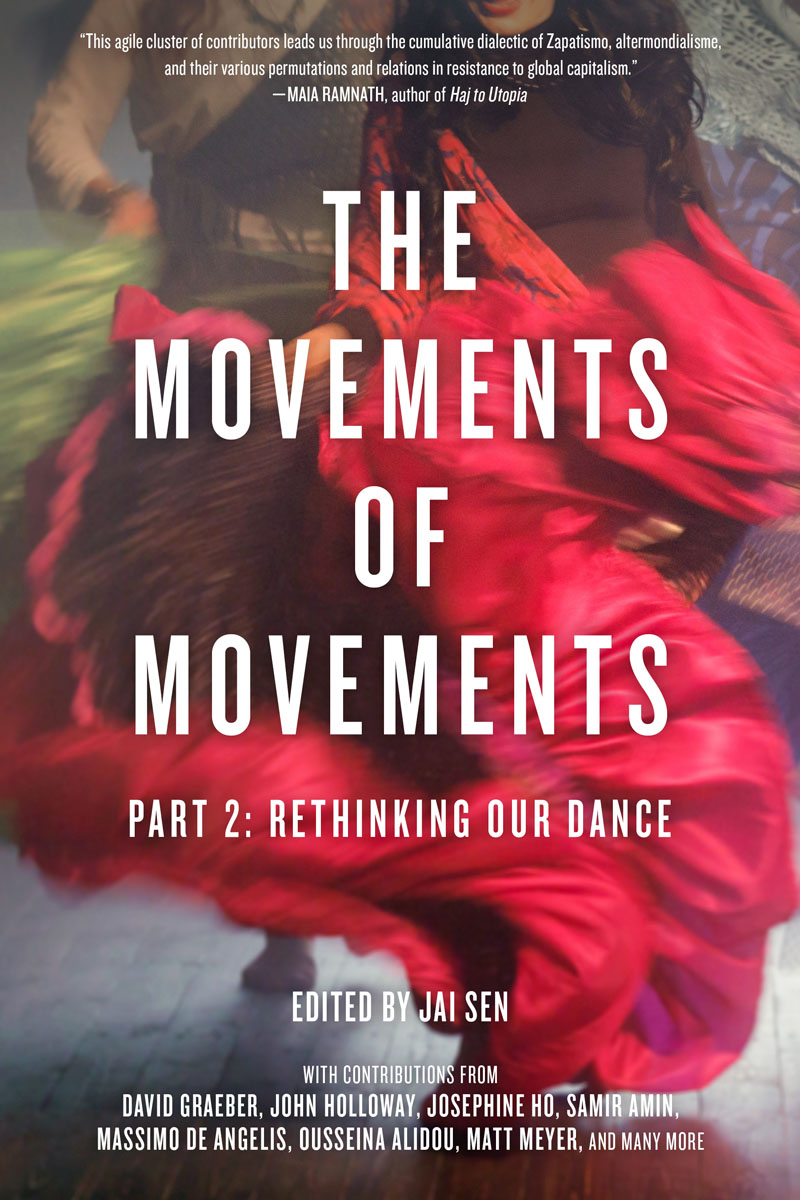
Praise
This collection offers a thought-provoking opportunity to parse multiplicities and recent directions in global justice organizing. Sens framing in this book sets us up to take stock of two decades of social and political movement in terms of dynamic motion: Not only as strategy and organization, but as kinaesthetic experience, embodied transformation through space and time. The nuanced, critical emphases on indigeneity, spirituality, gender, and ecology, rich with specificity and insight, locate us unmistakably in our present moment with its lessons gleaned of recent history and praxis, even while bringing us full circle to the themes introduced an unbelievable twenty years ago. We shall not be moved. We shall move. We shall keep moving.
Maia Ramnath, teacher, writer, activist, and dancer/aerialist; author of Decolonizing Anarchism
An important contribution to a developing internationalism that doesnt assume that the North Atlantic left has all the answers for the rest of the world and which recognizes that emancipatory ideas and practices are often forged from below. Refreshingly free of tired dogmas, non-sectarian, taking internationalism seriously, and reaching back to 1968, the book provides a bracing window into some of the central ideas to have emerged from within movements in the sequence of struggle that unfolded from 2006 to 2010. This book will be useful for activists and intellectuals in movementbe they in universities, parties, trade unions, social movements, or religious organisationsaround the world.
Richard Pithouse, researcher and lecturer in politics, Rhodes University, Grahamstown, South Africa
Someone once suggested that movement cannot be thought, it has to be lived. In other words, social movementsthe coming together in processes that build the power to bring about changestem not from any kind of blueprint that can set out an ideal for the world we ought to live in, nor can there be a simple step-by-step guide on how to get there. At the same time, there cant be movement without a collective effort to understand the shared and embodied experiences that constitute it, along with the problems, concerns, and trajectories that arise in struggle. Its this kind of critical reflection that the authors assembled in this volume undertake, providing intelligent and engaged analyses that avoid any stifling dichotomies, whether between theory and practice, activism and academia, or indeed between thinking and feeling. Possible futures, right now in the making, become legible in how The Movements of Movements doesnt shy away from the complex and unsettling issues that shape our time, while thinking through struggles for social and ecological justice in the wider contexts of their past and present.
Emma Dowling, Senior Researcher in Political Sociology at the Institute for Sociology, Friedrich-Schiller-University Jena, Germany
OpenWord is about open publication, and sees itself as a contribution to the wider struggle for making knowledges open for people across cultures and languages and on as many and as wide platforms as possible.
In this book, there are two broad categories of essays: Open and Restricted. You are free to re-usefor non-commercial purposes onlyall those essays that have the OpenWord logo  on their opening page. For all other essays, check endnote 1 in each essay.
on their opening page. For all other essays, check endnote 1 in each essay.
In all cases, please make your work available to others just as we are doing for you, and please acknowledge your source and the respective authors.
The Movements of Movements, Part 2: Rethinking Our Dance
2018 This collection as a whole, Jai Sen
2018 The individual essays, the respective authors
2018 This edition, OpenWord and PM Press
The Work is published and made available on a Creative Commons License, Attribution-NonCommercial-ShareAlike 4.0 International (CC BY-NC-SA 4.0).
Volume 5 in the OpenWords Challenging Empires series
ISBN: 978-1-62963-380-0
Library of Congress Control Number: 2016959567
Editor: Jai Sen
Contributing Editor: Peter Waterman
Associate Editor: Madhuresh
Content Editors: Parvati Sharma, Vipul Rikhi, and Jai Sen
Text Compilation: Jim Coflin
Cover: John Yates/stealworks.com
Layout: Jonathan Rowland
Wordle Illustrations: Jai Sen
PM Press
P.O. Box 23912
Oakland, CA 94623, USA
www.pmpress.org
OpenWord
R-21 South Extension Part II - Ground floor
New Delhi 110 049, India
www.openword.net.in
10 9 8 7 6 5 4 3 2 1
Printed in the USA by the Employee Owners of Thomson-Shore in Dexter, Michigan www.thomsonshore.com
To the dance of life
And the dance of movement
And to the warriors among us, past, present, and future;
And
To my Elainita (or Nina, as she is coming to be known), for the dance in her life, and towards her becoming a warrior too
*
Life moves on. Things have happened.
As was its companion volume, this book is dedicated to
Peter Waterman
(January 26 1936June 17 2017)
Friend, compaer@, and fellow birthday bearer for the past thirty-five years, and co-editor for the past fifteen;
Labour internationalist, cyberian, feminist, and feisty and fearless, always. And to Peters indomitable spirit and infectious humourand to the optimism of his will. May those live on forever!
Also to the many other warriors who have walked on during these months and years, including contributors to these books
And to all those who are being arrested, tortured, and assassinated in our times
in these increasingly grim days across the world,
in the struggle for social and ecological justice across Mother Earth,
as the storms rise
as our dances rise
Contents
INVOCATIONS
INTERROGATING MOVEMENT, PROBLEMATISING MOVEMENT
REFLECTIONS ON POSSIBLE FUTURES

Acknowledgements and Credits
Jai Sen
This book is the companion volume to its predecessor in the Challenging Empires series, The Movements of Movements, Part 1: What Makes Us Move?, and so much of what I say here willand mustbe similar. But this volume is also likely to be the last book I will compile and edit, after a decade and more (and eight or nine books). I have learned a lot in this time, and not only about compiling books, and so this is also a good time and a good place for me to bring things and thoughts together.
I want to start these acknowledgements by drawing on the work of someone who I now consider to be one of my mentors, Taiaiake Alfred, who has in turn also drawn on otherswhich is as it should be:
We gather together and see that the cycle of life continues. As human beings, we have been given the responsibility to live in balance and harmony with each other and with all of creation. So now, we bring our minds together as one as we give greetings and thanks to each other as People.
Now our minds are one.
We are thankful for our mother, the earth, for she gives us all that we need for life. She sustains and supports us as our feet move upon her. We are joyful in knowing that she continues to care for us as she has from the beginning of time. To our Mother, we send greetings and thanks.
Next page





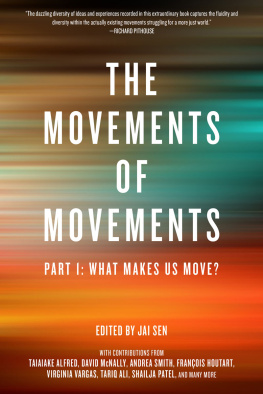

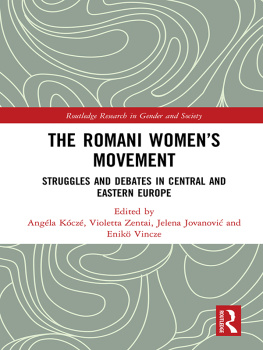
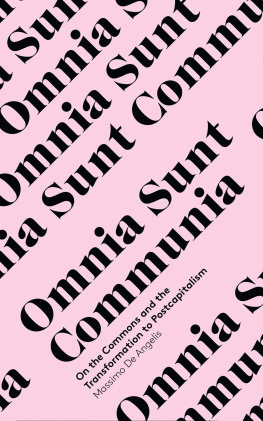

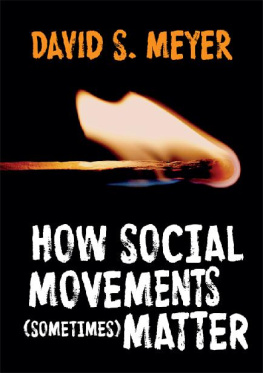
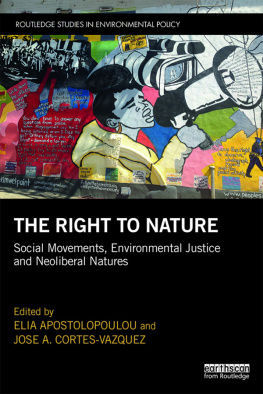

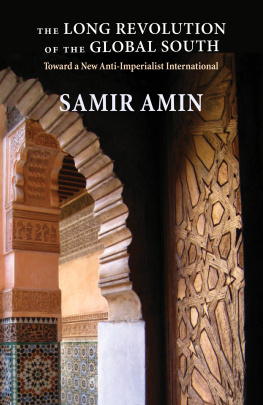
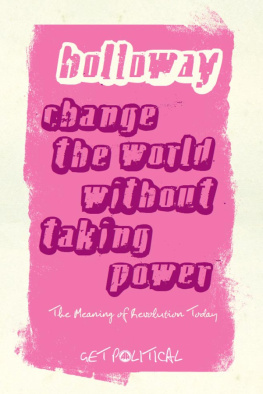


 on their opening page. For all other essays, check endnote 1 in each essay.
on their opening page. For all other essays, check endnote 1 in each essay.